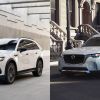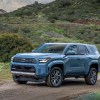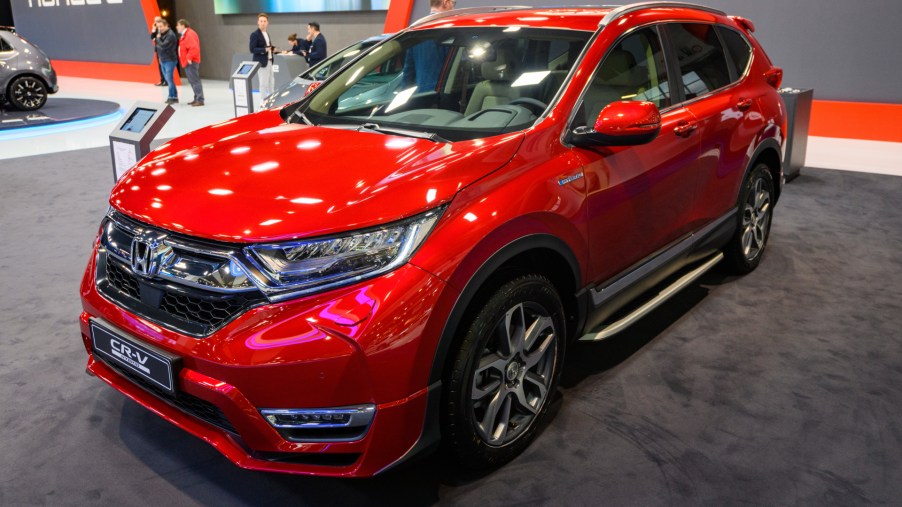
The Honda Prologue EV SUV is Coming in 2024
Honda’s lineup is extremely successful. The Japanese automaker seems to have a vehicle to suit the needs of every consumer in 2021. Compacts sedans, SUVs, minivans, recently it seems like Honda cannot miss. Honda has some interesting hybrid options, but it hasn’t had much success in the electric vehicle arena. Will Honda’s newest EV, the Honda Prologue SUV, be the final puzzle piece to complete Honda’s vehicle lineup?
Honda’s missing puzzle piece
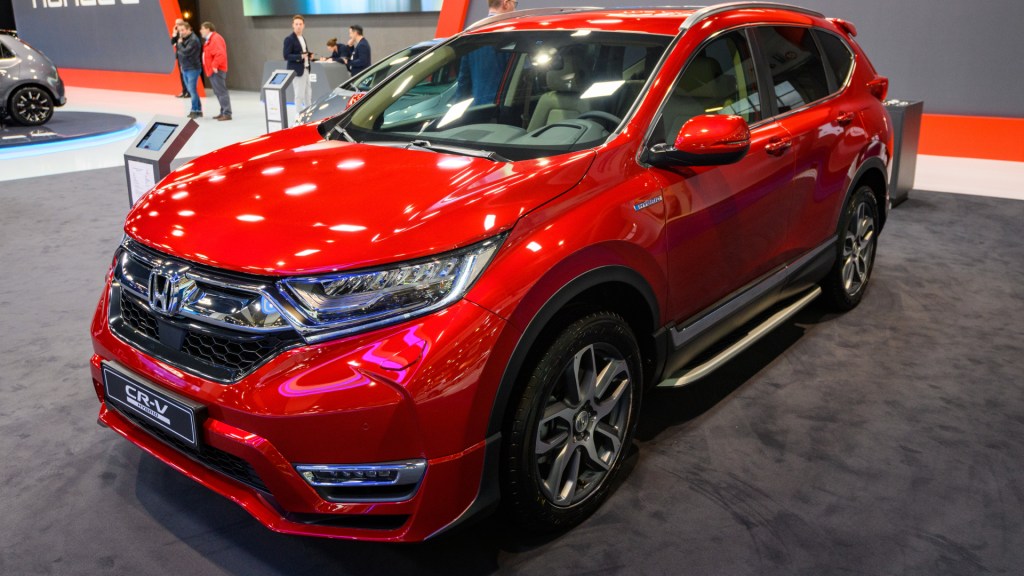
Honda has enjoyed great success over the years with best-selling models like the compact Honda Civic and the Honda CR-V SUV. It competes with automakers like Mazda and Toyota but has developed a strong following and a brand-loyal customer base. Honda’s lineup has improved dramatically recently, but it has yet to produce a great EV.
The Honda Odyssey minivan has received positive reviews from critics and consumers as a great family vehicle. Likewise, the Honda Ridgeline pickup truck’s last few model years have been amazing. The Honda CR-V and Honda Civic remain two of the brand’s most popular creations, but the automaker missed the mark with the Honda Clarity hybrid and EV models.
The short life of the Honda Clarity
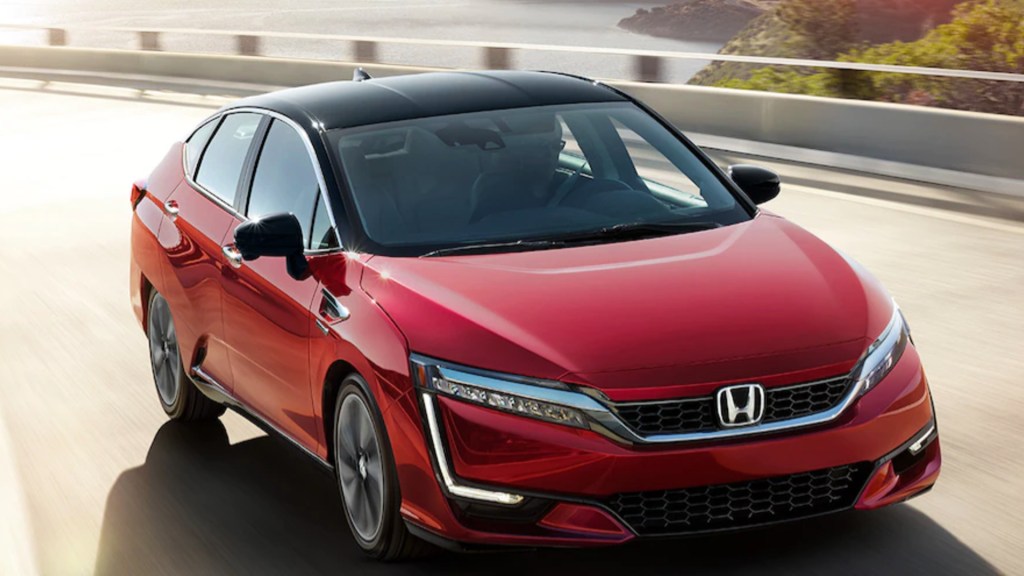
The Honda Clarity debuted in 2015 as the automaker’s eco-friendly alternative-energy vehicle. The Honda Clarity Fuel Cell Variant shared a similar body style as the Honda Civic and Honda Accord. It was able to go 366 miles without producing any emissions. The Clarity’s range was considered one of the best at the time for alternative-energy vehicles, and it was off to a great start.
In 2017 the brand announced that a fully electric vehicle and a plug-in hybrid version of the Honda Clarity were coming. The Clarity Electric offered 89 miles on a charge, and the Clarity Plug-in Hybrid offered 47 miles on a charge without the use of gas. The vehicles certainly weren’t the worst in their class, but they were hardly the best.
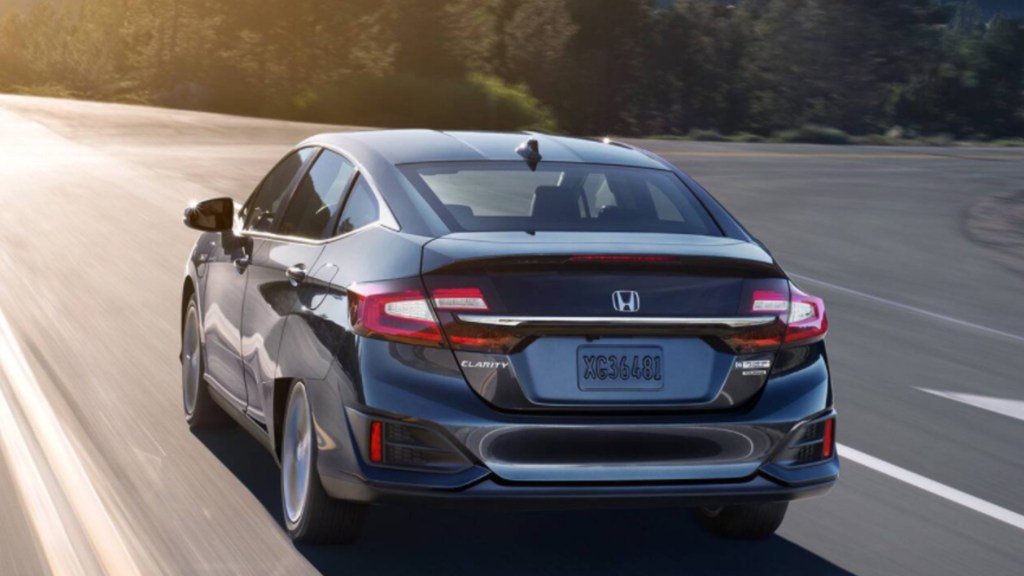
The Honda Clarity was quickly eclipsed as other automakers rolled out newer and more practical electric and hybrid models. As a result, sales became stagnant for the nameplate, and companies like Tesla began to dominate the EV market. The Clarity simply could not compete.
Honda discontinued the Honda Clarity EV because of poor sales. In August, the company will cease production of the Clarity Plug-In Hybrid and Clarity Fuel Cell. Unlike other models in the automaker’s lineup, no one seemed to want the Clarity.
The Honda Prologue BEV
Honda has planned to reduce vehicle emissions and gas-powered vehicles drastically by 2040, but some factors could present challenges. Unlike Ford and other automakers, Honda has yet to produce an exciting EV that consumers are drawn to. Honda has a popular lineup today, but it needs a cool and capable EV to survive tomorrow.
Enter the Honda Prologue BEV or Battery Electric Vehicle. Finally, Honda has recognized the shortcomings of the Honda Clarity, and the Prologue is its next step in the journey to produce a popular eco-friendly vehicle. Offering great gas mileage on its gas vehicles is one thing, but Honda desperately needs a quick win in the EV space.
The Honda Prologue BEV is Honda’s next attempt at a successful EV. Honda is tapping General Motors to help produce the Honda Prologue BEV as well as a new Acura EV. The Prologue BEV could either propel the automaker to new heights, finally completing its lineup by adding a vital piece to the puzzle, or it could be a major setback depending on its reception.
According to Autoweek, Honda’s Prologue BEV is set to release in 2024. It will use Ultium batteries manufactured by GM and LG. The crossover is novel in many ways, being the first vehicle produced by Honda’s collaboration with GM and Honda’s first electric SUV. Let’s see if Honda can make a comeback in the EV race in the years to come.

